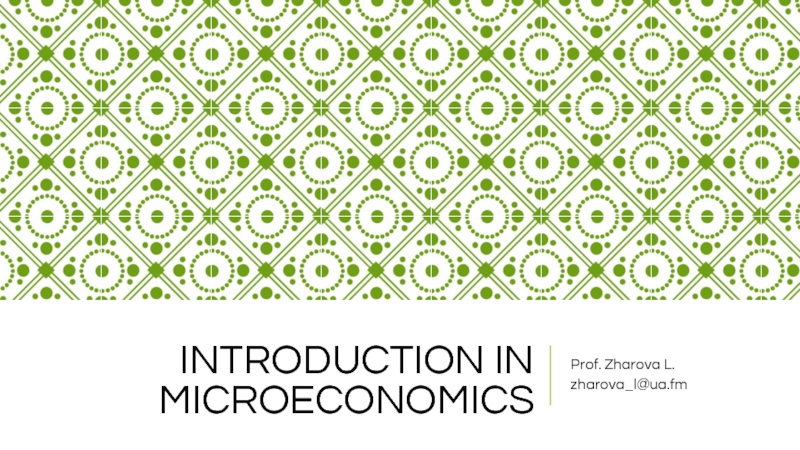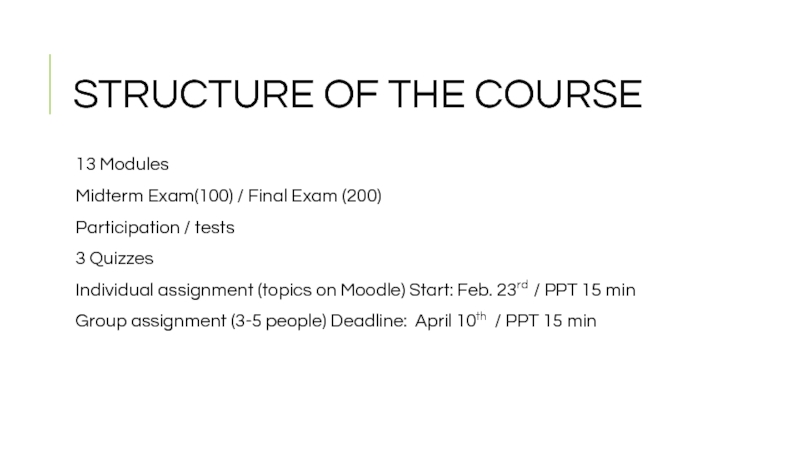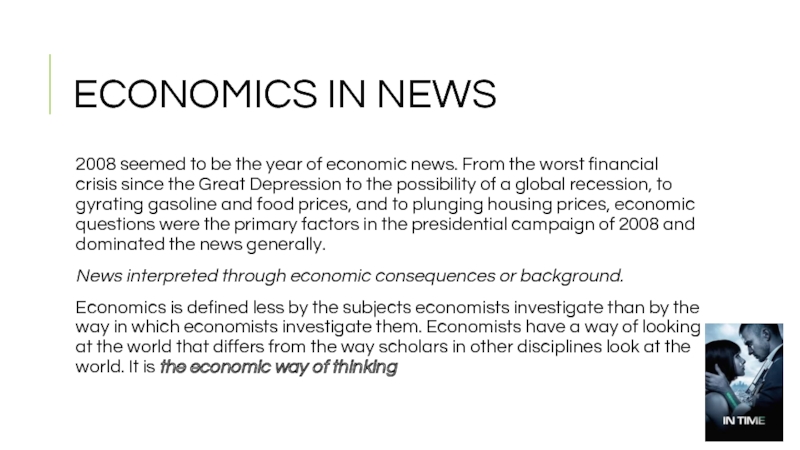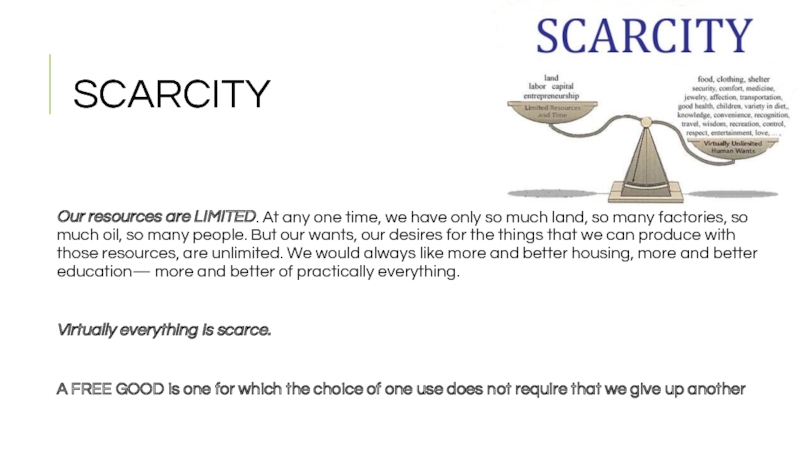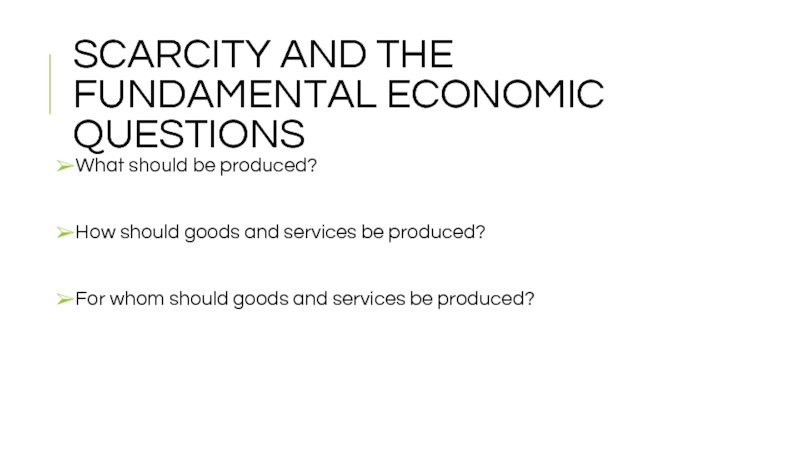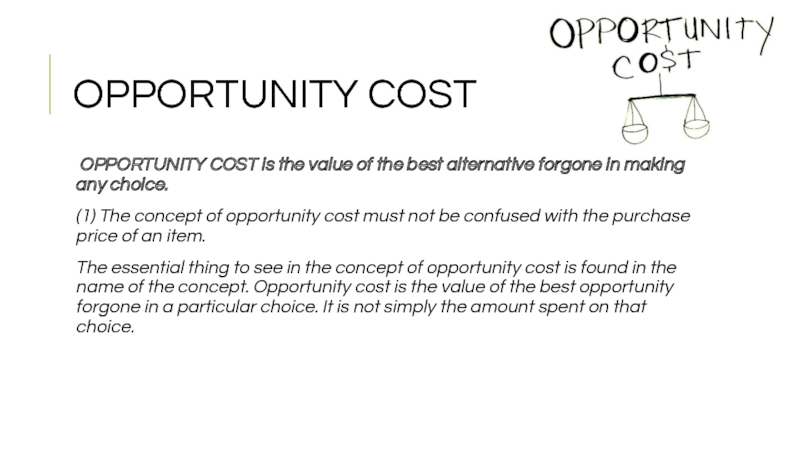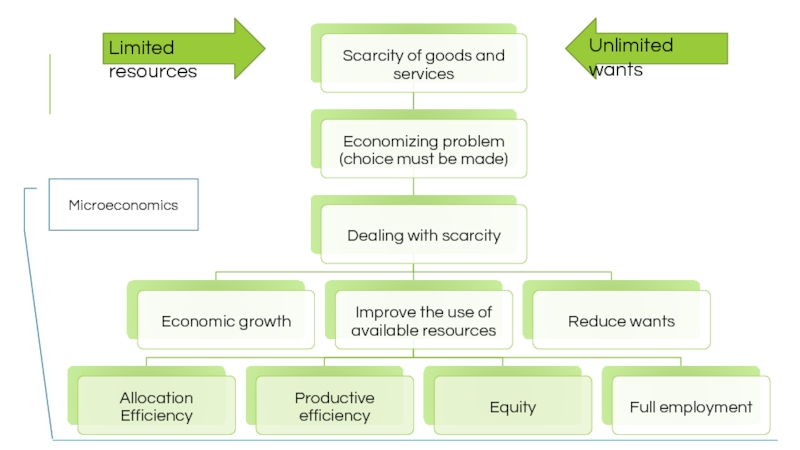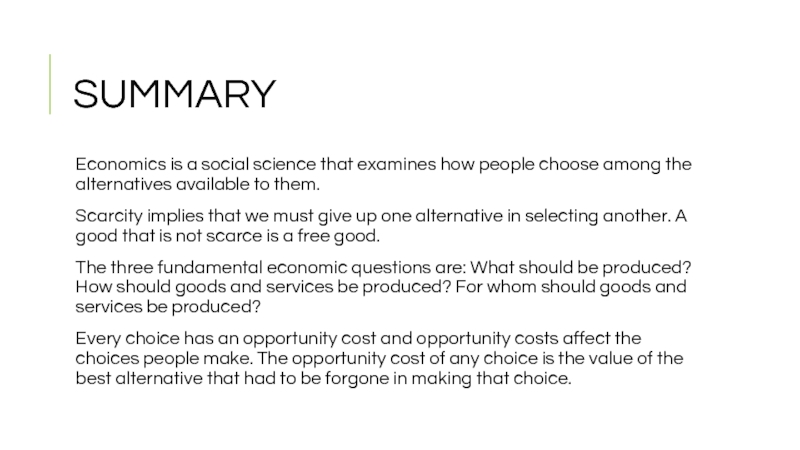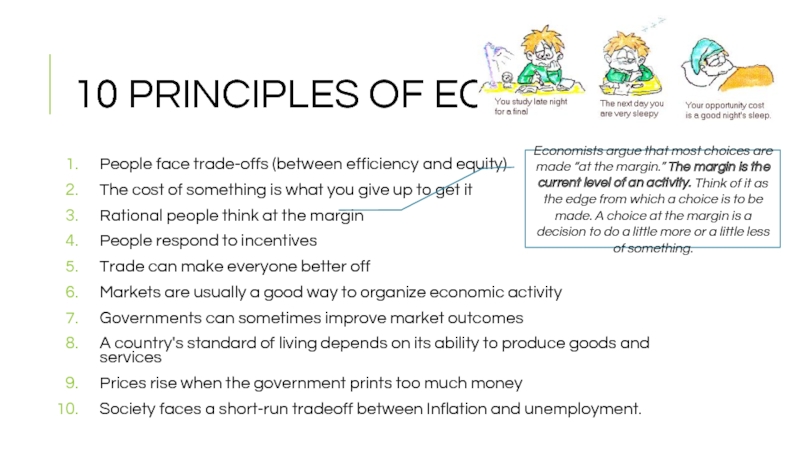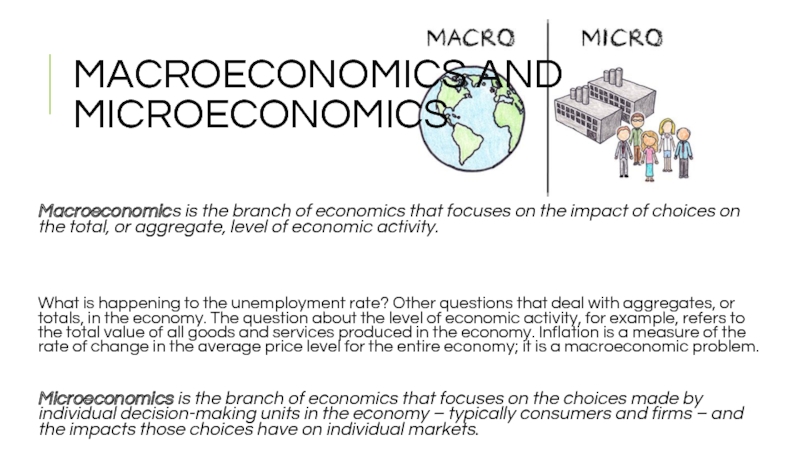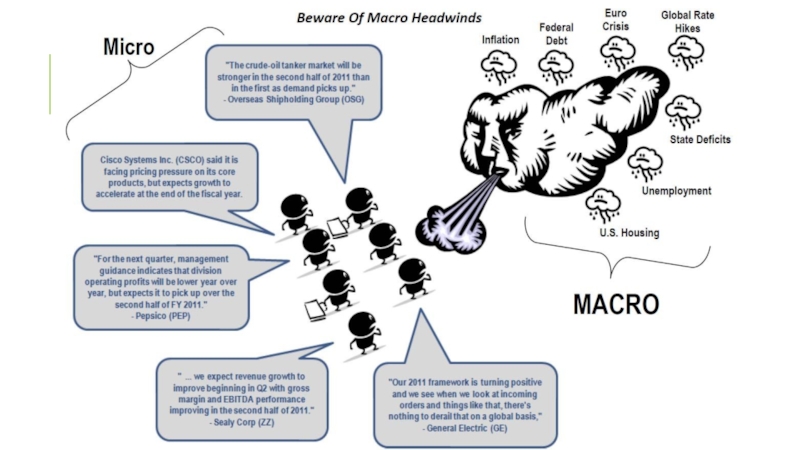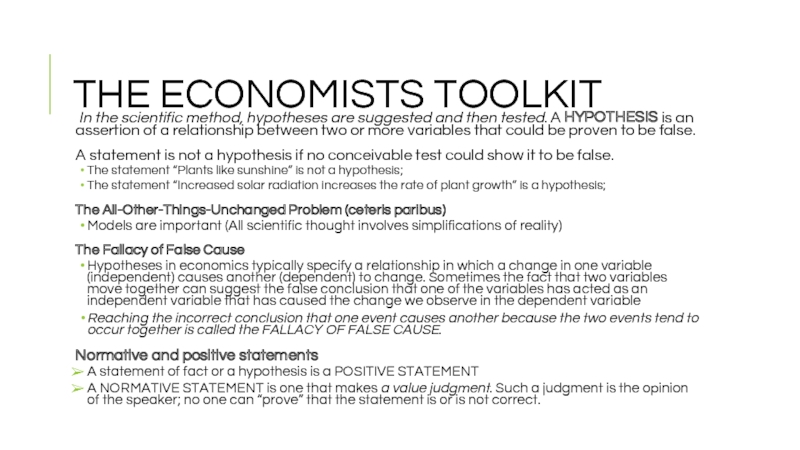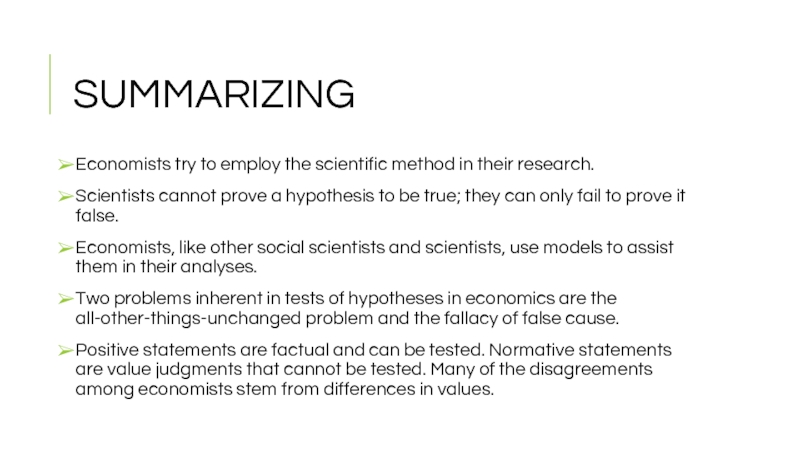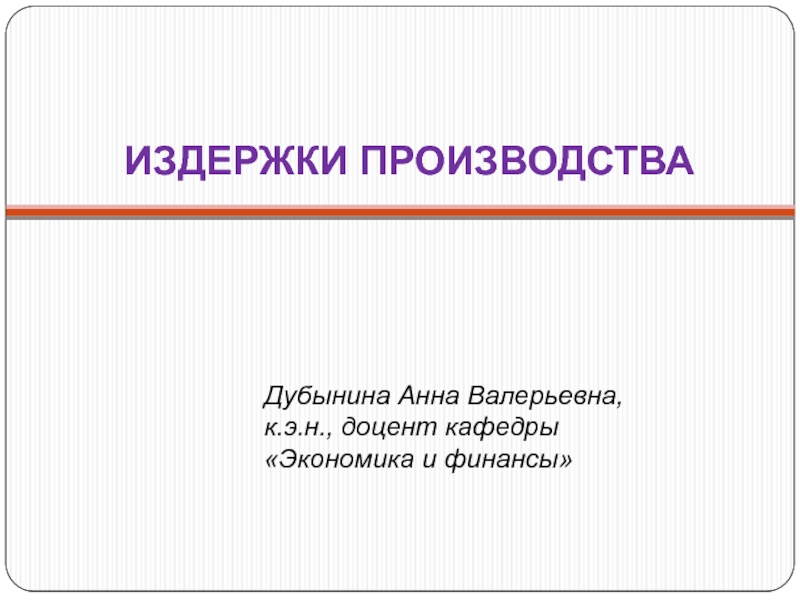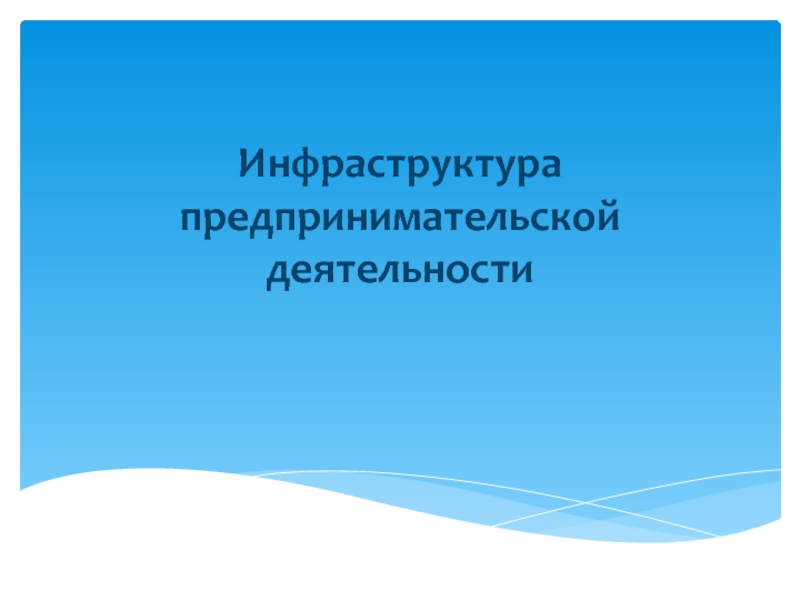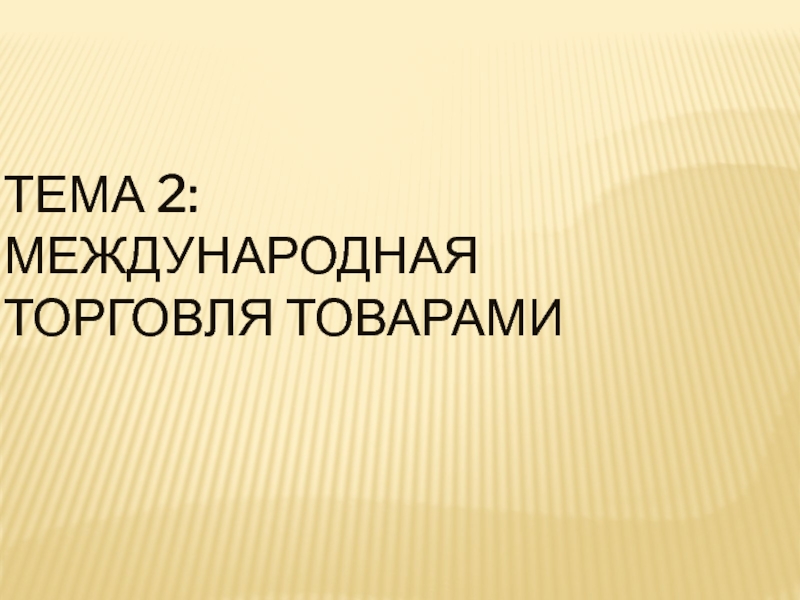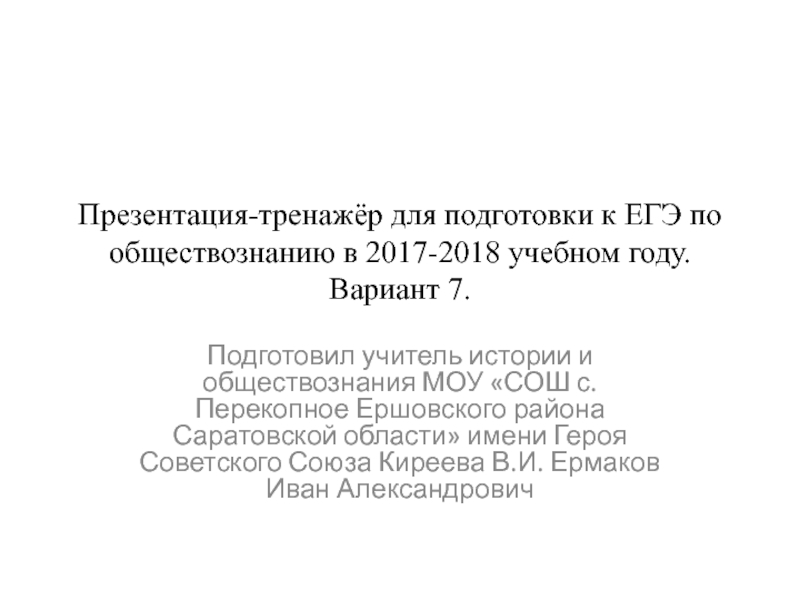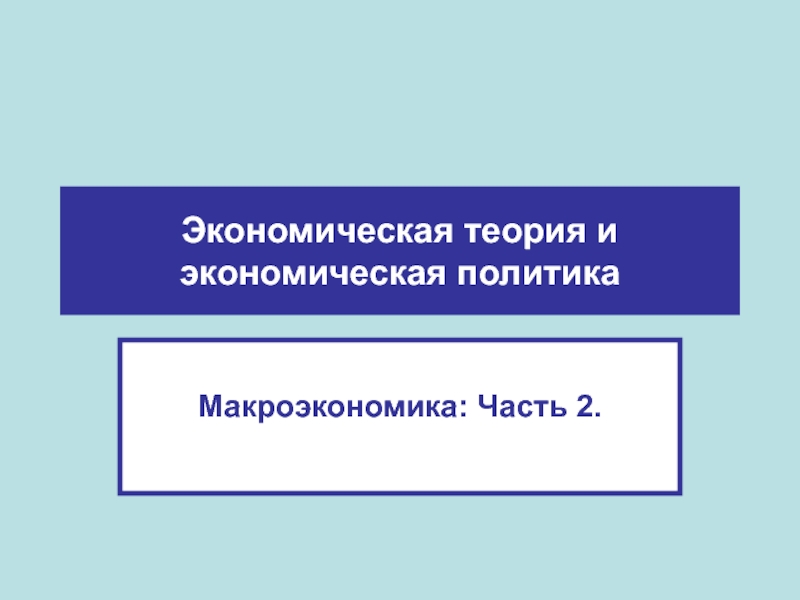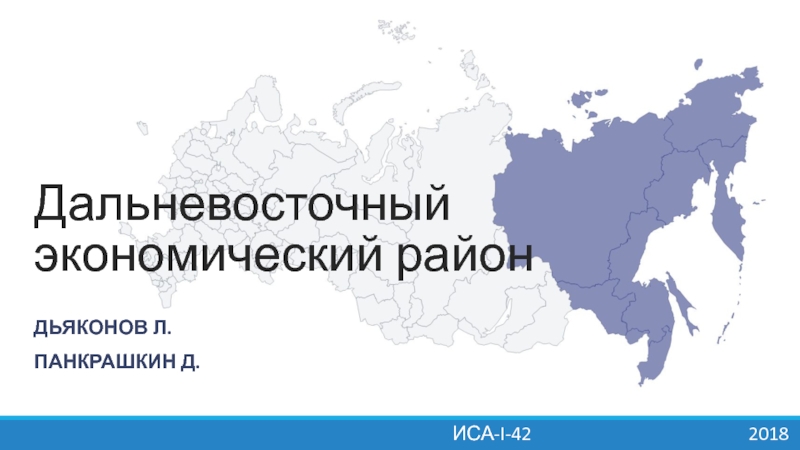- Главная
- Разное
- Дизайн
- Бизнес и предпринимательство
- Аналитика
- Образование
- Развлечения
- Красота и здоровье
- Финансы
- Государство
- Путешествия
- Спорт
- Недвижимость
- Армия
- Графика
- Культурология
- Еда и кулинария
- Лингвистика
- Английский язык
- Астрономия
- Алгебра
- Биология
- География
- Детские презентации
- Информатика
- История
- Литература
- Маркетинг
- Математика
- Медицина
- Менеджмент
- Музыка
- МХК
- Немецкий язык
- ОБЖ
- Обществознание
- Окружающий мир
- Педагогика
- Русский язык
- Технология
- Физика
- Философия
- Химия
- Шаблоны, картинки для презентаций
- Экология
- Экономика
- Юриспруденция
Introduction in Microeconomics презентация
Содержание
- 1. Introduction in Microeconomics
- 2. STRUCTURE OF THE COURSE 13 Modules Midterm
- 3. ECONOMICS IN NEWS 2008 seemed to be
- 4. SCARCITY Our resources are LIMITED. At any
- 5. SCARCITY AND THE FUNDAMENTAL ECONOMIC QUESTIONS
- 6. OPPORTUNITY COST OPPORTUNITY COST is the
- 7. Limited resources Unlimited wants Microeconomics
- 8. SUMMARY Economics is a social science that
- 9. 10 PRINCIPLES OF ECONOMICS People face trade-offs
- 10. MACROECONOMICS AND MICROECONOMICS Macroeconomics is the branch
- 12. THE ECONOMISTS TOOLKIT In the scientific
- 13. SUMMARIZING Economists try to employ the scientific
Слайд 2STRUCTURE OF THE COURSE
13 Modules
Midterm Exam(100) / Final Exam (200)
Participation /
3 Quizzes
Individual assignment (topics on Moodle) Start: Feb. 23rd / PPT 15 min
Group assignment (3-5 people) Deadline: April 10th / PPT 15 min
Слайд 3ECONOMICS IN NEWS
2008 seemed to be the year of economic news.
News interpreted through economic consequences or background.
Economics is defined less by the subjects economists investigate than by the way in which economists investigate them. Economists have a way of looking at the world that differs from the way scholars in other disciplines look at the world. It is the economic way of thinking
Слайд 4SCARCITY
Our resources are LIMITED. At any one time, we have only
Virtually everything is scarce.
A FREE GOOD is one for which the choice of one use does not require that we give up another
Слайд 5SCARCITY AND THE FUNDAMENTAL ECONOMIC QUESTIONS
What should be produced?
How should
For whom should goods and services be produced?
Слайд 6OPPORTUNITY COST
OPPORTUNITY COST is the value of the best alternative
(1) The concept of opportunity cost must not be confused with the purchase price of an item.
The essential thing to see in the concept of opportunity cost is found in the name of the concept. Opportunity cost is the value of the best opportunity forgone in a particular choice. It is not simply the amount spent on that choice.
Слайд 8SUMMARY
Economics is a social science that examines how people choose among
Scarcity implies that we must give up one alternative in selecting another. A good that is not scarce is a free good.
The three fundamental economic questions are: What should be produced? How should goods and services be produced? For whom should goods and services be produced?
Every choice has an opportunity cost and opportunity costs affect the choices people make. The opportunity cost of any choice is the value of the best alternative that had to be forgone in making that choice.
Слайд 910 PRINCIPLES OF ECONOMICS
People face trade-offs (between efficiency and equity)
The cost
Rational people think at the margin
People respond to incentives
Trade can make everyone better off
Markets are usually a good way to organize economic activity
Governments can sometimes improve market outcomes
A country's standard of living depends on its ability to produce goods and services
Prices rise when the government prints too much money
Society faces a short-run tradeoff between Inflation and unemployment.
Economists argue that most choices are made “at the margin.” The margin is the current level of an activity. Think of it as the edge from which a choice is to be made. A choice at the margin is a decision to do a little more or a little less of something.
Слайд 10MACROECONOMICS AND MICROECONOMICS
Macroeconomics is the branch of economics that focuses on
What is happening to the unemployment rate? Other questions that deal with aggregates, or totals, in the economy. The question about the level of economic activity, for example, refers to the total value of all goods and services produced in the economy. Inflation is a measure of the rate of change in the average price level for the entire economy; it is a macroeconomic problem.
Microeconomics is the branch of economics that focuses on the choices made by individual decision-making units in the economy – typically consumers and firms – and the impacts those choices have on individual markets.
Why do tickets to the best concerts cost so much? How does the threat of global warming affect real estate prices in coastal areas? Why do women end up doing most of the housework? Why do senior citizens get discounts on public transit systems?
Слайд 12THE ECONOMISTS TOOLKIT
In the scientific method, hypotheses are suggested and
A statement is not a hypothesis if no conceivable test could show it to be false.
The statement “Plants like sunshine” is not a hypothesis;
The statement “Increased solar radiation increases the rate of plant growth” is a hypothesis;
The All-Other-Things-Unchanged Problem (ceteris paribus)
Models are important (All scientific thought involves simplifications of reality)
The Fallacy of False Cause
Hypotheses in economics typically specify a relationship in which a change in one variable (independent) causes another (dependent) to change. Sometimes the fact that two variables move together can suggest the false conclusion that one of the variables has acted as an independent variable that has caused the change we observe in the dependent variable
Reaching the incorrect conclusion that one event causes another because the two events tend to occur together is called the FALLACY OF FALSE CAUSE.
Normative and positive statements
A statement of fact or a hypothesis is a POSITIVE STATEMENT
A NORMATIVE STATEMENT is one that makes a value judgment. Such a judgment is the opinion of the speaker; no one can “prove” that the statement is or is not correct.
Слайд 13SUMMARIZING
Economists try to employ the scientific method in their research.
Scientists
Economists, like other social scientists and scientists, use models to assist them in their analyses.
Two problems inherent in tests of hypotheses in economics are the all-other-things-unchanged problem and the fallacy of false cause.
Positive statements are factual and can be tested. Normative statements are value judgments that cannot be tested. Many of the disagreements among economists stem from differences in values.
